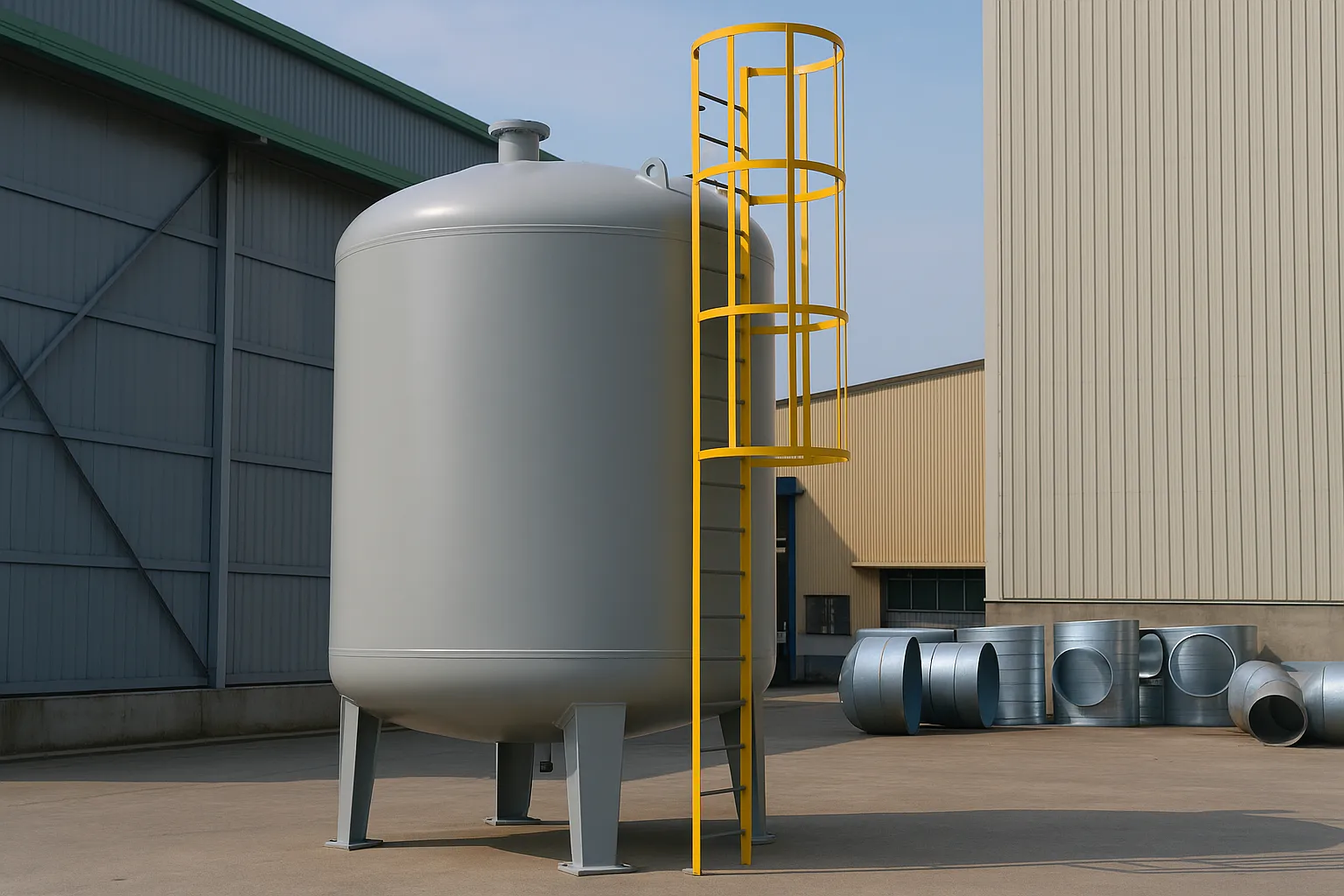Introduction
When procuring ladders, stepladders, and work platforms for overseas locations, verifying that local safety standards and quality criteria meet your company’s requirements is directly linked to accident prevention and maintaining corporate trust. The differences between safety standards in various countries—particularly ANSI A14, OSHA 1910.23, EN131, and Vietnam’s TCVN—pose a significant challenge when selecting imported products. Furthermore, the risks of counterfeit products entering the supply chain and on-site troubles due to non-conforming materials, load capacities, or anti-slip specifications cannot be ignored. This guide presents a crosswalk comparison of major standards and a safety confirmation flow, explaining how to achieve safe and efficient overseas procurement by utilizing authorized dealers.
Challenges and Background
Market Data
The global ladder market continues to experience stable growth, primarily in North America, Europe, and Asia. As of 2023, the market size is approximately 6.2 billion USD, with a projected compound annual growth rate (CAGR) of 4.5%. In North America, strict enforcement of OSHA standards is driving a shift toward high-quality products. In Europe, revisions to EN131 have strengthened stability testing and load-bearing standards. At our Vietnam locations, there is a high dependency on imported products alongside domestic manufacturing, with a particular tendency to source from Japan, China, and Europe. However, differences in national safety standards complicate customs clearance for imports and conformity checks for on-site use.
Risk Presentation
Overseas procurement carries the risk of serious accidents and audit findings due to standard mismatches. In the United States, there have been cases where violations of safety standards resulted in penalties and prohibitions on use. Furthermore, the infiltration of counterfeit or fraudulent products can lead to economic losses and a decline in brand trust. Additionally, insufficient material quality, inadequate load-bearing performance, and non-conforming anti-slip structures can lead to worker falls and serious accidents. To avoid these risks, a system of strict standards verification and quality assurance is necessary from the procurement stage.
Product and Service Introduction
Features
Our company provides a “Standards Crosswalk Table” that allows for a side-by-side comparison of major international standards such as ANSI A14, OSHA 1910.23, EN131, and TCVN, streamlining the process of confirming standard compliance during overseas procurement. We also offer a lineup of special products tailored to specific applications, including FRP ladders for corrosive environments, anti-rust specifications, and insulated models for electrical work. Furthermore, we guarantee safety and quality through a 5-step safety confirmation flow for procurement (① Confirm standard requirements, ② Check material and structure, ③ Test load capacity, ④ Evaluate anti-slip performance, ⑤ Verify authorized dealer certification).
Case Study (Before → Action → After)
- Before: A company purchased a price-focused ladder locally overseas, which resulted in non-compliant rung spacing and load capacity. It failed a safety audit and was prohibited from use.
- Action: They procured products from an authorized Hasegawa dealer and utilized the standards cross-check table to confirm ANSI/OSHA compliance. Additionally, they conducted simulated tests before on-site implementation.
- After: They achieved zero accidents and passed the safety audit in a single attempt. As a result, they significantly reduced costs associated with re-purchasing and audit responses, and also improved on-site work efficiency.
Hasegawa’s Reliability
Quality Management & Certification
Hasegawa has obtained ISO 9001 and ISO 14001 certifications, manufacturing products in line with international standards for both environment and quality. We have also cleared JIS certification and EN131 compliance tests, meeting the safety requirements of overseas markets. All products undergo a 100% inspection before shipment, and we have established a system that ensures traceability from manufacturing to delivery, allowing for a swift response in the unlikely event of a defect.
Customization and Support System
We can handle custom designs for specialized work-at-height applications tailored to the on-site work environment and job content. We offer proposals from the design stage for special-order items such as those for explosion-proof areas, corrosive environments, and insulated specifications. We also provide technical support and on-site safety training for overseas locations, supporting safe and efficient operations long after procurement.
Conclusion
When procuring ladders, stepladders, and work platforms overseas, it is essential to confirm safety standard compliance, not just price and delivery time. Adherence to standards such as ANSI, OSHA, EN131, and [TCVN] is the foundation for protecting on-site safety and corporate legal compliance. By utilizing the standards crosswalk table and the 5-step safety confirmation flow introduced in this article, you can minimize risks from the procurement stage. Furthermore, purchasing from Hasegawa’s list of authorized overseas dealers is also effective in preventing the infiltration of counterfeit products.

